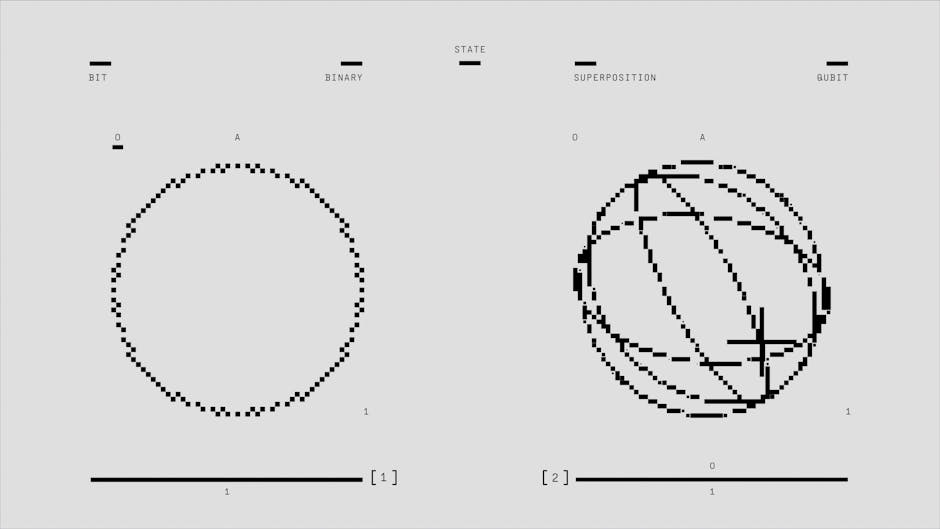
Wave Particle Duality
Wave particle duality is a fundamental concept in physics that describes the dual nature of particles and waves. This concept was first introduced by physicist Louis de Broglie in the early 20th century.
According to wave particle duality, elementary particles, such as electrons and photons, can exhibit both wave-like and particle-like properties.
When observed through certain experiments, particles exhibit characteristics of waves, such as interference and diffraction. This implies that particles can exist in multiple states and locations at the same time, forming interference patterns similar to those observed in wave phenomena.
On the other hand, particles also exhibit characteristics of discrete entities with definite positions and momenta, similar to classical particles. This duality of behavior is often referred to as the wave-particle paradox.
Wave particle duality has profound implications in quantum mechanics, which is the branch of physics that governs the behavior of particles at the microscopic level. It led to the development of wave equations, such as Schrödinger's equation, which describe the probabilistic nature of quantum systems.
The concept of wave particle duality has been verified through various experiments, such as the famous double-slit experiment. In this experiment, particles are fired towards a barrier with two slits, and an interference pattern emerges on the detection screen behind the barrier, indicating the wave-like nature of particles.
Wave particle duality challenges our classical understanding of physics and forces us to rethink the nature of reality at the fundamental level. It highlights the inherent uncertainty in observing and describing quantum phenomena and shapes our understanding of the microscopic world.
